Not sure how to improve your WordPress website’s SEO? Need help learning everything you need to know about SEO and WordPress?



The world of search engine optimization (SEO) can be overwhelming, especially if you’re new to it. But fear not because even with a basic understanding of SEO, you can significantly improve your WordPress site’s visibility.
In this article, we’ll break down the key elements of SEO and provide actionable steps you can take to improve the SEO of your WordPress site. We’ll cover everything from keyword research, content optimization, technical optimization and measuring and analyzing results.
By the end of this article, you’ll have a solid understanding of how to improve the SEO of your WordPress site and drive more traffic to it.
What is SEO?
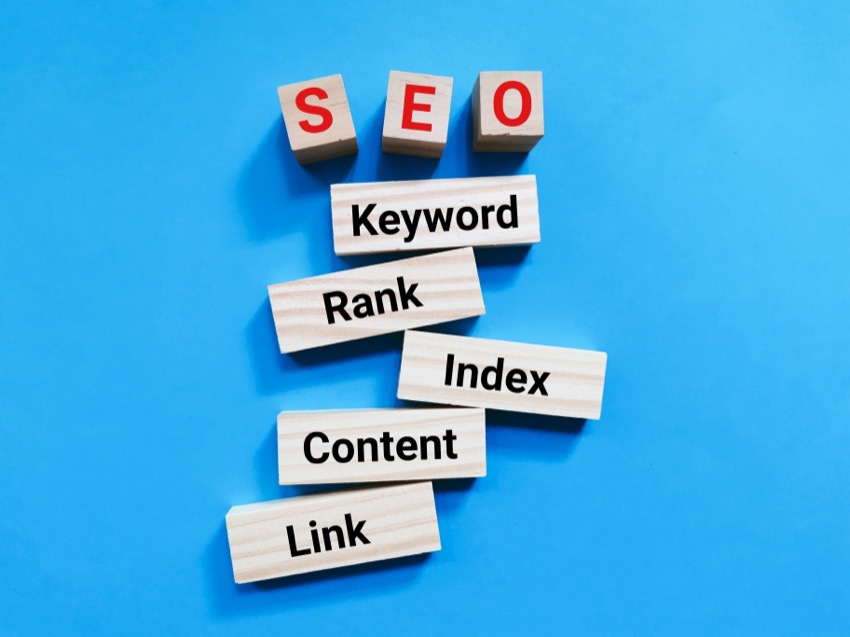
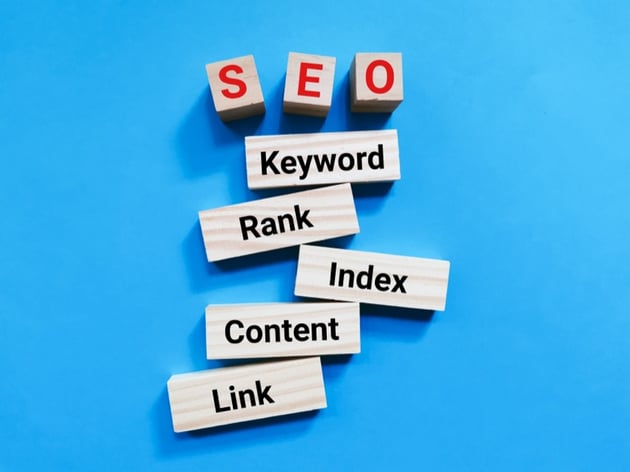
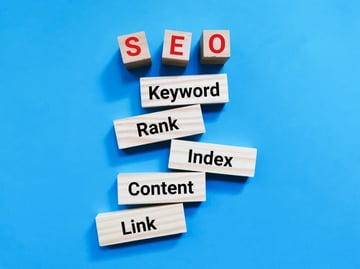
Search Engine Optimization (SEO) is the process of improving the visibility of a website or a web page on a search engine’s unpaid results. This is often referred to as “natural,” “organic,” or “earned” results.
The goal of SEO is to increase the amount of traffic to a website from search engines. This is done through various techniques such as keyword research and optimization, content optimization, and building backlinks.
Importance of SEO for WordPress sites
WordPress is one of the world’s most popular content management systems, powering over 60 million websites.
But using WordPress does not guarantee that search engines will easily find a website. That’s why SEO is essential for WordPress sites.
By implementing best practices for SEO, you can increase your visibility on search engines and ultimately drive more traffic to your site. Furthermore, WordPress allows for easy integration of various SEO plugins and tools, making optimizing your site for search engines even more accessible.
In today’s digital era, it’s essential that people can find your website easily. A website with good visibility on search engines is more likely to be seen by potential customers and increase your chances of generating leads and sales.
On-Page Optimization
On-page optimization is the foundation for a solid SEO strategy and a necessary step for any website looking to improve its visibility in search engine results.
On-page optimization refers to the actions taken directly within the website to improve its ranking in the search engine results pages (SERPs). This includes keyword research, content optimization, and website structure optimization.
By focusing on these critical areas, you can improve the relevancy and credibility of your website to search engines, which in turn can boost your rankings and drive more traffic to your site.
1. Keyword Research and Optimization



Identifying Target Keywords
The first step in keyword research is identifying the keywords and phrases that potential customers might use to find your products or services.
Several tools, such as Google Keyword Planner, SEMrush, and Ahrefs, can help you identify relevant keywords to target. Once you have a list of keywords, you can assess their search volume, competition, and relevance to your website and products or services.
Optimizing Title Tags and Meta Descriptions
Title and meta descriptions are essential elements of on-page optimization.
Title tags, also known as h1 tags, should contain the main keyword for the page and provide a brief, compelling description of the page’s content.
Meta descriptions, on the other hand, should include the main keyword and entice users to click through to the site.
Both title tags and meta descriptions will appear in the search engine results and should be optimized for both search engines and users.
Incorporating Keywords Into Headings and Content
Once you’ve identified your target keywords, incorporate them into the content of your website, particularly in headings and subheadings. This helps search engines understand the relevancy of your pages to specific search queries.
Also, try to use keywords naturally. Don’t stuff keywords in the content. It’s essential to have a good keyword density of around 2-3% of the entire text to improve the chances of ranking high for the target keywords.
Using keywords in the content should be natural and provide value to the user, not just be there for ranking.
2. Optimizing Content



Creating High-Quality, Informative Content
Creating high-quality, informative content is one of the most important aspects of on-page optimization.
Without providing informative and high value content, you don’t have a chance of ranking well.
Google and other search engines prioritize websites that provide valuable and informative content. This is because the primary goal of search engines is to provide the best possible results for their users.
That’s why it’s essential to focus on creating valuable and relevant content for your target audience. Quality content will also attract backlinks from other websites. The amount of backlinks you have from reputable and popular sites is another high ranking factor.
Optimizing Images and Videos
Optimizing images and videos is also an essential aspect of on-page optimization.
It helps to ensure that the media files load quickly and don’t slow down the page. It also helps increase user engagement time and is an opportunity to target additional keywords.
Use descriptive, relevant file names and alt tags for images, and make sure that videos are embedded using HTML5 tags.
Using Internal Linking
Using internal linking is a great way to help search engines understand the structure of your website and the relationships between your pages.
It also improves the user experience and guides them through the site.
Internal linking can distribute page authority and ranking power throughout your website, helping to increase the visibility of your other pages. It also helps to create a good website structure and guides the user to the most important pages.
3. Optimizing URLs and Permalinks
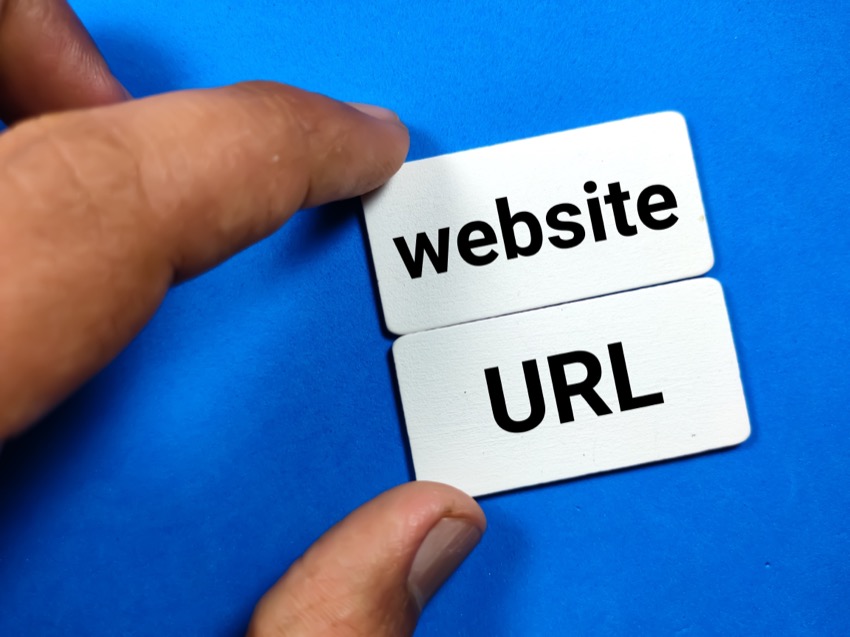
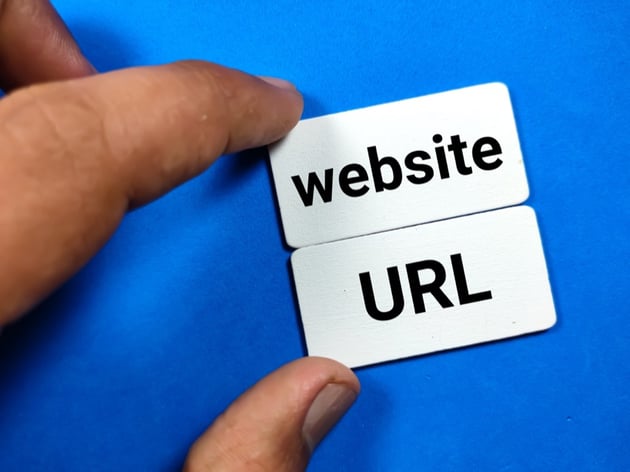
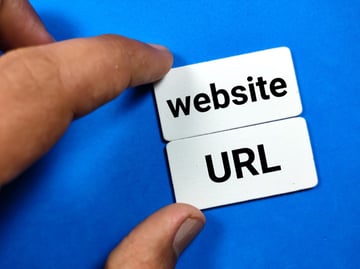
Creating Short, Descriptive Ur Ls
URLs play an important role in on-page optimization.
Search engines use the URL of a page to understand its content, so it’s important to create URLs that are both user-friendly and informative.
Short and descriptive URLs that include the main keyword for the page are best. Avoid using special characters, and keep the URL as simple as possible. This makes it easier for users to understand and remember the address.
Setting up Clean Permalinks
Permalinks, also known as permanent links, are the URLs used to link to individual pages and blog posts.
WordPress offers several permalink options, but clean permalinks, which include the post or page name, are best for SEO.
Clean permalinks help search engines understand the content of a page and make it easy for users to understand and remember the URL.
Additionally, try to avoid using dynamic parameters and query strings. These can make the URL hard to read and cause duplicate content issues. This can help search engines understand the structure of your site and the relationship between different pages.
4. Optimizing Website Structure



Using Header Tags
Header tags (h1, h2, h3, etc.) are used to indicate a webpage’s structure and its content’s hierarchy.
It’s important to use header tags correctly on a website, as it helps search engines understand the content of a page.
The H1 title should be used for the main heading, and h2 and h3 tags should be used for subheadings. This helps search engines understand the structure and content of a page, making it easier for them to crawl and index the site. It also helps to create a clear hierarchy of information for the user.
Creating a Straightforward Navigation Structure
A clear navigation structure makes it easy for search engines to understand the structure of a website and for users to find the content they’re looking for.
Navigation menus should be simple, logical, and consistent across all pages. The site’s most important pages should be accessible from the main navigation menu. Additionally, it’s a good practice to use breadcrumb navigation, which helps users understand the page’s location and its relationship to other pages.
A clear navigation structure makes it easy for search engines and users to understand a site’s content and find the pages they’re looking for.
5. Technical Optimization



Site Speed Optimization
Site speed is a critical aspect of on-page optimization.
It’s important because it directly impacts the user experience, and search engines take site speed into account when ranking websites.
Slow-loading pages can lead to high bounce rates and low engagement, negatively affecting your search engine rankings. Several ways to optimize site speed include optimizing images, minifying code, and leveraging browser caching.
Mobile Optimization
Mobile optimization is crucial for today’s websites, as an increasing number of users are accessing the internet on their smartphones and tablets.
Google uses a mobile-first index, meaning mobile optimization is essential for all websites. This includes responsive design, ensuring a site looks and functions well on all devices, and mobile-friendly navigation.
Creating a Sitemap
A sitemap is a file that lists all of the pages on your website, which helps search engines crawl and index your pages.
It also helps to provide additional information about the pages, such as the modification date and the page’s priority. Submitting a sitemap to search engines, such as Google and Bing, can ensure that all your pages are discovered and indexed.
Setting up Google Search Console and Bing Webmaster Tools
These tools are provided by Google and Bing to help website owners understand how their site is performing in the search engine results.
These tools provide valuable insights such as search query data, click-through rates, and crawl errors. It is also a way to submit sitemaps, submit URLs for crawling and monitor any potential issues with your site.
These tools are essential for monitoring your site’s performance in the search engine results and identifying and resolving any technical problems affecting your search engine visibility.
Measuring and Analyzing Results



Measuring and analyzing the results of your SEO efforts is an essential step in determining the effectiveness of your strategy and making data-driven decisions about future optimizations.
Various tools are available for tracking your website’s performance, such as Google Analytics, which can provide valuable insights into traffic, bounce rate, and conversion rate.
By regularly monitoring your website’s performance and analyzing the data, you can identify areas of improvement and make adjustments to your SEO strategy to maximize the return on your efforts.
Continuously tracking and analyzing the results of your SEO efforts can also help you to identify new opportunities and stay ahead of the curve in terms of industry trends and best practices.
1. Tracking Progress Using Analytics
Keeping track of your website’s performance over time is essential for understanding the effectiveness of your SEO efforts.
Analytics tools such as Google Analytics can provide valuable insights into your website’s performance, including the number of visitors, the pages they visit, and how they interact with your site.
Regularly monitoring your website’s analytics can identify trends and patterns in traffic, bounce rate, and conversion rate. This can help you understand what’s working well and what needs improvement.
2. Using Tools to Track Traffic and Metrics
Google Analytics is a powerful tool that provides a wealth of data about your website’s performance.
It allows you to track traffic, bounce rate, conversion rate, and referral sources. It also allows you to follow specific goals, such as form submissions or button clicks.
With the help of Google Analytics, you can better understand the behavior of your website’s visitors, which can help you identify optimization and improvement opportunities.
3. Continuously Monitoring and Optimizing the Site to Improve SEO
Continuously monitoring and optimizing your site is essential for maintaining and improving your search engine rankings.
By regularly reviewing and analyzing your website’s analytics, you can identify areas of improvement and adjust your SEO strategy accordingly. This could include creating more high-quality content, optimizing images and videos, or building backlinks.
Keep in mind that SEO is an ongoing process. Keeping up to date with the latest best practices and trends is essential.
Continuously monitoring your analytics and making necessary adjustments will help keep your website competitive in search engine results and maximize your return on investment in SEO.
Discover Top WordPress Plugins
There are tons of high-quality WordPress plugins that you can use to take your site to the next level. Look at the articles below for ideas on WordPress plugins that can work for your website.
Optimize Your WordPress Website for SEO Today
Optimizing your WordPress site for search engines is essential for increasing visibility, driving traffic, and growing your business.
You can improve your website’s relevance and credibility with search engines by implementing best practices for on-page optimization, such as keyword research and optimization, content optimization, and website structure optimization.
Also, technical optimization such as site speed optimization and mobile optimization, creating a sitemap, and setting up webmaster tools will help to ensure that your site is easily crawlable and indexed by search engines.
Looking to take your WordPress website to the next level? Check out all of the high-quality WordPress plugins and themes available on Envato Elements.